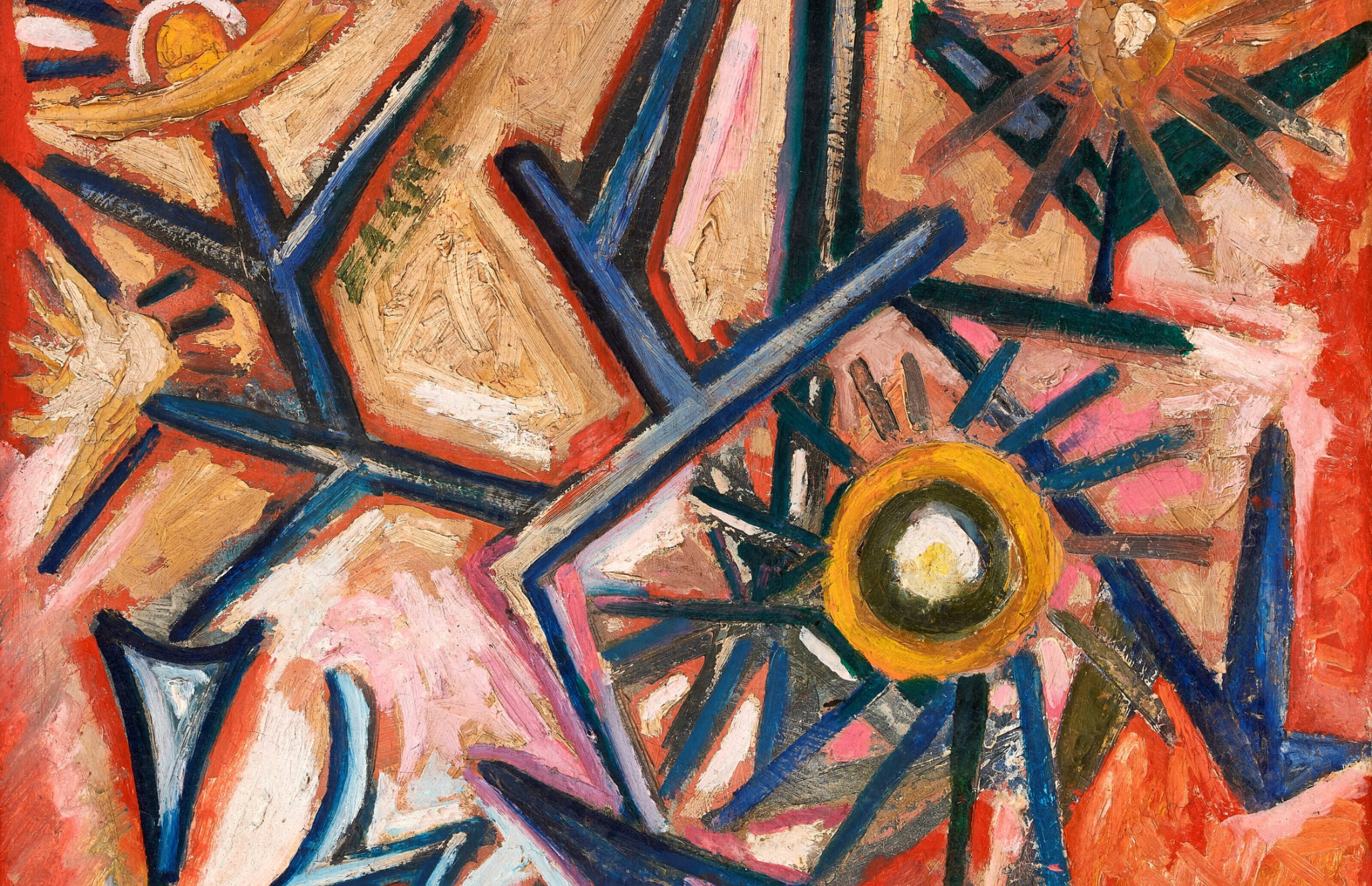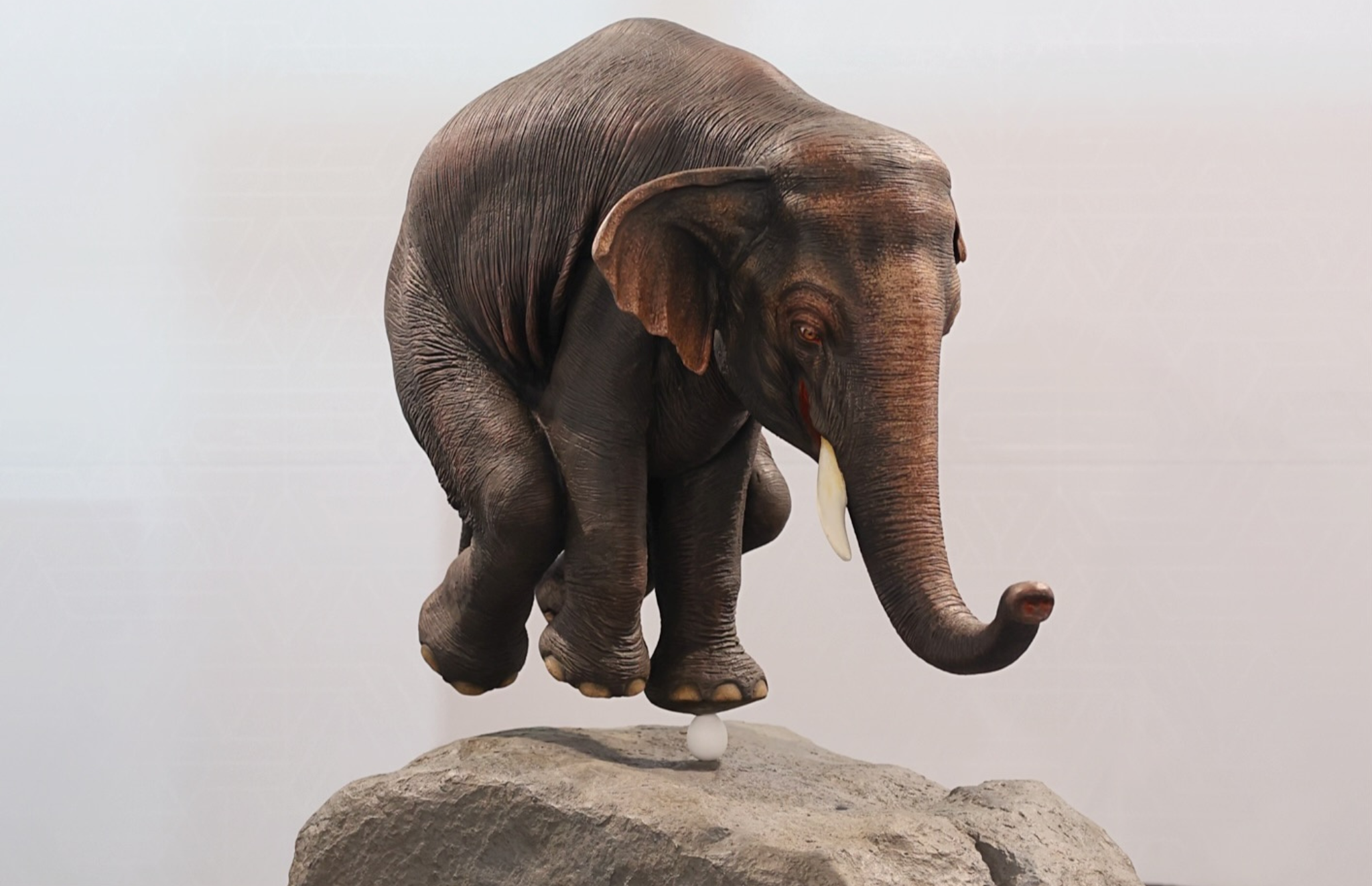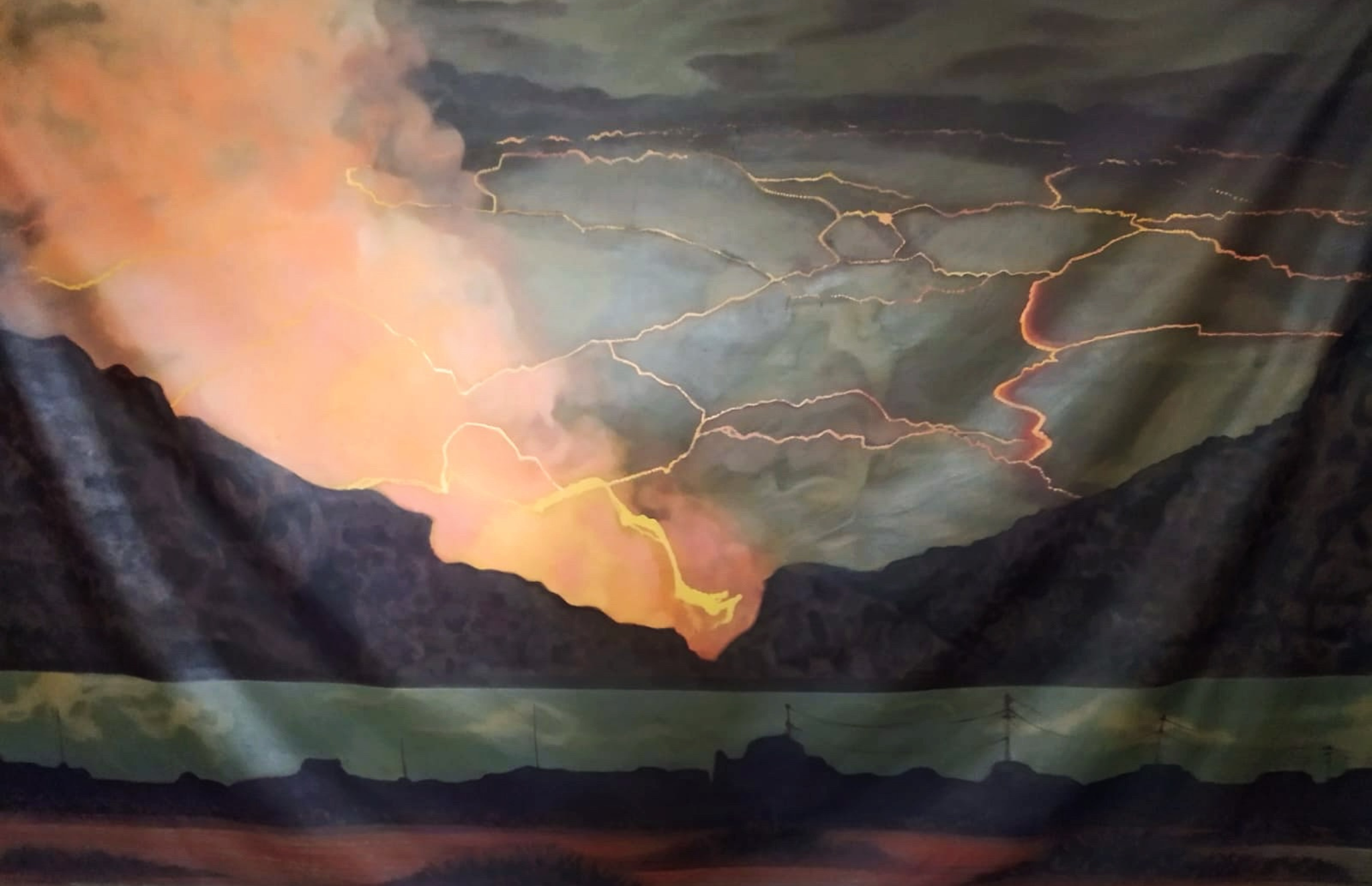The Exuberant Prints of Lalitha Lajmi
“Freedom that came too late, has come to me now. There is no age to love or to be loved”, these were the words of the late veteran artist, Lalitha Lajmi in one of her discussions with the Mumbai based curator Sumesh Sharma. Regarded today as an eminent post-independence women artist, Lalitha was born in Calcutta where she had her earliest exposure to artistic skills at the tender age of 5. Coming from a family of writer, poet and film-professionals; she herself was self taught. She had an exemplary oeuvre of more than five decades spanning across mediums like oil colour, & watercolour paintings, pen & ink drawings, etching and printmaking.

At a time when the art scenario of the nation was totally different, Lalitha’s works exceptionally present the unpleasant quandary of humans with the bold presence of elements that pour in an autobiographical narrative. Despite her vivid explorations from the beginning, her practice underwent a transformative journey during the mid 1970s. As she began therapy in the form of psychoanalysis; her prints became a means to introspect the subconscious mind and its surreal dreams. She moved from a fairly abstract manner of working to a figurative one. With the help of Nasreen Mohamedi and Jyoti Bhatt she set up a small printing press at her home where she would extensively work in this medium over the next two decades.

Lalitha’s body of prints pirouette around a range of themes like death, performance, portrayal of complex relationships, surreal fantasies and even the everyday quotidian home. Underneath the pathos in her work, she reveals the complexity of human minds and the power of the subconscious state. Her titles like Death reading a book of poems and Whispering leaves exhale a very heavy & uncanny shadow of ominous silence. The unsettling thoughts brought out by therapy were confronted through the melancholy in Lalitha’s prints. While on one hand she etched her interpreted dreams onto plates; on the other she observed the plight of humans as they mask up their emotions to circumvent a questioning world. Her work Man, woman and mask pierces through the layer of pretence, surfacing the hidden emotions. This critical approach of Lalitha helped her in never shying away from expressing the real.


Holding great pride in being acknowledged as film-maker Guru Dutt’s sister, her association with cinema and theatre spoke volumes in the dramatic compositions of her prints. Her etching print, Performer captures the dynamic lives of artists which sometimes even Lalitha fancied herself with. This explains her endless series of paintings with self-portraiture in various compositional settings. Her lines are small, dainty, and intense as seen in the sensitive Portrait of Gangu Bai. She effortlessly embodied both compassion for humans, in balance with the dread of turmoil and sadness in her compositions.


The decade of 1970s witnessed the peculiar motif of a mask recurring in Lalitha’s print works like Dream of a mask, The three masks, and many more. But the characteristic quality of this motif became the opaque black eyes that are noticeable in most of her figurative prints even later. It is very contrary to her watercolour and oil colour paintings that have delicate eyes just like the artist herself who had deep, kohl filled, and expressive eyes. The solid, mask-like eyes here in the prints bluntly devoid the viewer of diving deep into the personality of her characters. This in turn intimidates them, heightening the tension in her compositions.

A crucial aspect of Lalitha’s stylization was the placement of her protagonist, whether living or material. The mundane elements in her composition grounded her to the domesticity she had, and the childhood surrounding that she lived in with her brothers. Her work, Woman on the terrace takes us wandering visually to the neighbouring terraces allowing us to ponder on the subtle fade of the aquatint and again leading us back to the foreground.
There is a conviction in the way surreal fantasies and nightmares are made to traverse the journey of reality in Lalitha’s visuals. Often criticised for having a pessimistic approach, she owned it as her way of expressing the truth. Having participated in a number of solo & group shows in India and abroad; her retrospective inaugurated a month before her demise on the 13th of February 2023. As the National Gallery of Modern Art comments, “her works narrate the history of Indian women in the decades that followed Independence.”
Text by Arooshi Bagri Maheshwari
Image Courtesy: Mutual Art
Find out more about the artist:
https://web.archive.org/web/20180109174953/http://lalithalajmi.com/




